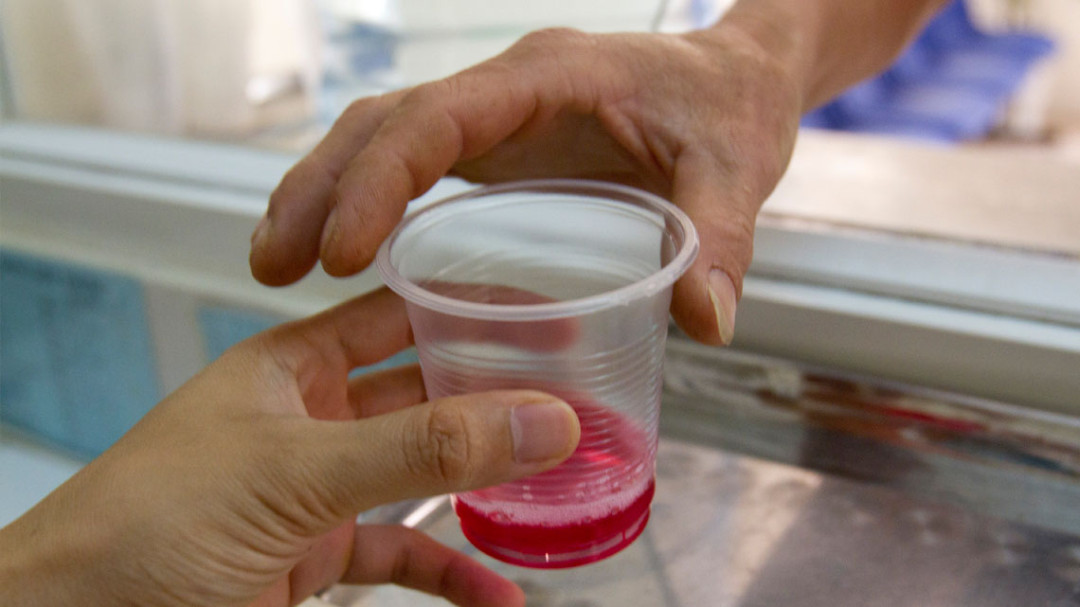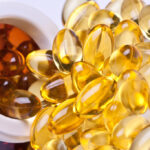1. Effects of methadone
Methadone is a synthetic opioid, with pharmacological effects similar to other opioids (agonists) but does not cause central nervous system toxicity and does not cause euphoria at therapeutic doses. The half-life is long (an average of 24 hours), so just using it once a day is enough to avoid withdrawal symptoms. Methadone has stable tolerability, so there is little need to increase the dose during long-term treatment.
Replacement treatment for opioid addiction with methadone is a long-term, controlled, low-cost treatment in syrup form, administered orally. Methadone can help prevent blood-borne diseases such as HIV , hepatitis B and C, and also help patients restore psychological, social, labor functions and reintegrate into the community.

Replacement treatment for opioid addiction with methadone helps:
– Reduce harmful effects caused by opioid addiction such as: HIV infection, hepatitis B and C due to sharing injection equipment, death from opioid overdose and criminal activities.
– Reduce the use of illegal opioids and reduce the rate of opioid injection .
– Improve health and help addicts maintain jobs, stabilize long-term lives, and increase social productivity.
2. Common side effects and solutions
Most people addicted to opioids have few unwanted effects, however they may experience some symptoms such as constipation, dry mouth, drowsiness, increased sweating, sexual dysfunction…
2. 1. Constipation
Many people who use methadone experience constipation . This is the most common side effect of this drug.
Solution: You should have a diet rich in vegetables, fresh fruits, high-fiber foods such as sweet potatoes, bananas, papaya… and you should drink lots of water and exercise regularly.
In cases of severe constipation, you can take constipation medicine such as sorbitol, enemas… However, you need to talk to your doctor before taking medicine to avoid dangerous side effects.

2. 2. Dry mouth
Methadone can cause users to reduce salivation , dry mouth… which can increase the risk of tooth decay.
Solution: Reduce/don’t eat sugary foods. In addition, it is necessary to maintain good oral hygiene such as brushing teeth at least twice a day after breakfast and dinner; You can use dental floss to clean your teeth; regular dental check-ups.
Besides, you can increase salivation by increasing chewing movements such as chewing sugar-free gum and having a reasonable diet.
2. 3. Increased sweating
Increased sweating is also a side effect that makes methadone users uncomfortable, especially when exerting themselves, being emotional or using some antidepressants.
Note, if hyperhidrosis appears in the early stages of treatment, it is necessary to distinguish between hyperhidrosis of withdrawal syndrome (anxiety, irritability, fear, muscle pain, abdominal pain, chills, nausea, diarrhea, yawning, watery eyes, goosebumps, sweating, runny nose, fatigue, insomnia) with unwanted effects of methadone.
Solution: You should talk to your doctor to reduce the dose of methadone or use some medications to treat increased sweating. Note, do not arbitrarily reduce the methadone dose, because it can be dangerous for the user.
2. 4. Reduced sexual ability
Methadone can cause reduced/lost sexual desire in some users such as erectile dysfunction (in men), menstrual disorders (in women).
Solution: Talk to your doctor for solutions such as counseling, education about sexual health, and using erectile dysfunction drugs (viavia, cialist, oriental medicine…) when necessary.
2. 5. Drowsiness
Drowsiness and fatigue are also common side effects that many people experience when using methadone. The cause may be due to inappropriate drinking time, sleeping pills, alcohol or relapse to opiate addiction.
Solution: You can change the time you take the medicine and adjust the dose under the direction and supervision of your doctor. In addition, it is recommended to avoid abusing sleeping pills, not drinking alcohol, and not reusing opiate narcotics.









